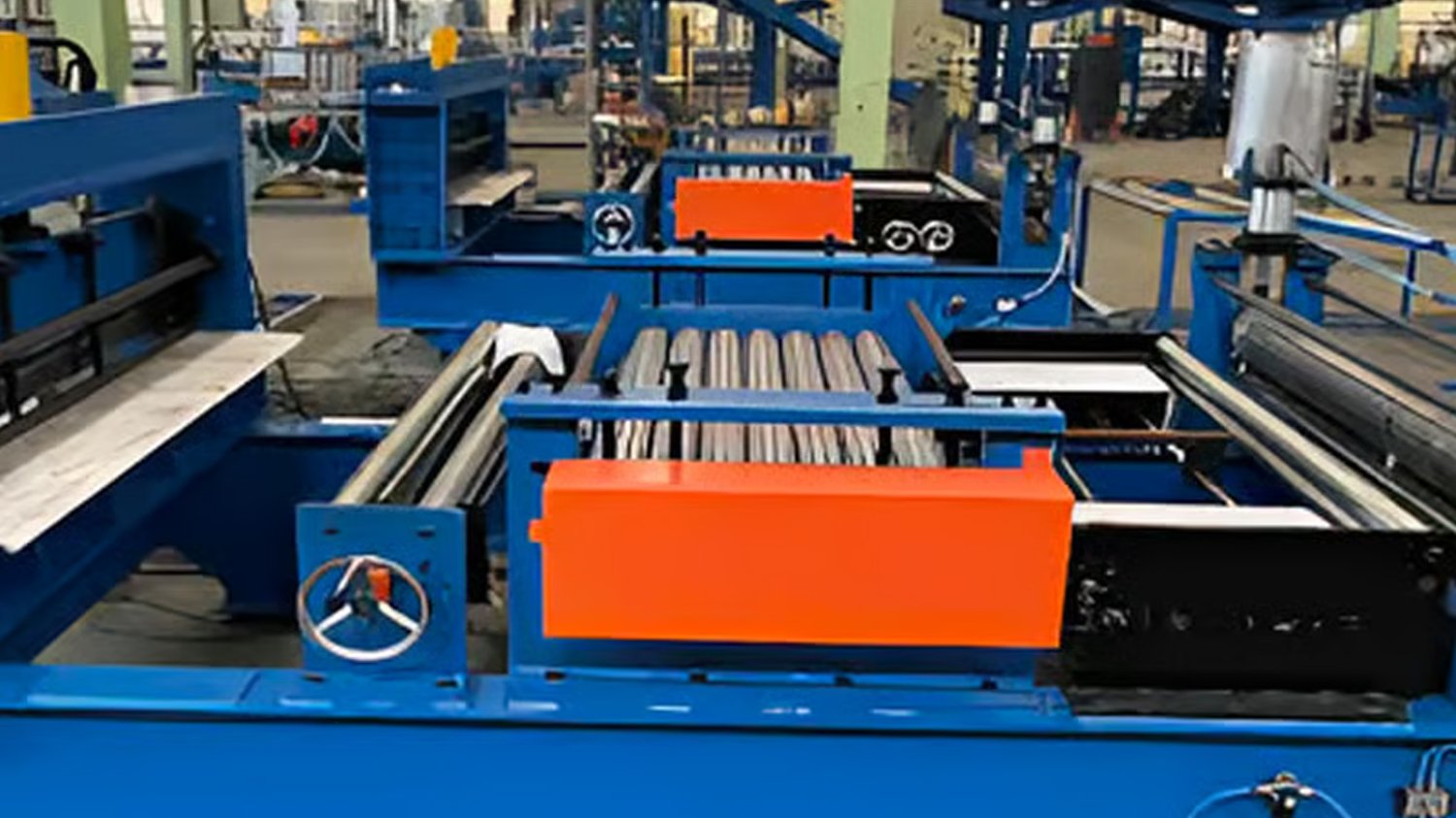Table of Contents

Understanding Precision levelling device technical parameters
When it comes to precision levelling devices, understanding the technical parameters is essential for achieving accurate and reliable results. These parameters play a crucial role in determining the quality and performance of the device.
Resolution and Accuracy
The resolution of a precision levelling device refers to the smallest measurement that the device can detect and display. Accuracy, on the other hand, is the level of discrepancy between the measured value and the true value. Both resolution and accuracy are key technical parameters that directly impact the device's precision and reliability.
Range and Sensitivity
The range of a precision levelling device defines the maximum and minimum values that can be measured. Sensitivity, on the other hand, refers to the smallest change in measurement that the device can detect. Understanding these parameters is crucial for selecting the right device for your specific application.
Repeatability and Stability
Repeatability is the ability of the precision levelling device to produce consistent results when measuring the same value multiple times. Stability refers to the device's ability to maintain its calibration and accuracy over time. Both parameters are important for ensuring the reliability of your measurements.
Environmental Factors
The performance of a precision levelling device can be influenced by various environmental factors, such as temperature, humidity, and vibration. It is important to consider these factors when evaluating the technical parameters of a device and selecting the most suitable one for your specific working conditions.
Calibration and Uncertainty
Calibration is the process of adjusting and verifying the accuracy of a precision levelling device. Uncertainty, on the other hand, quantifies the degree of doubt or error associated with a measurement. Understanding these parameters is essential for maintaining the reliability and accuracy of your measurements.
Display and Interface
The display and interface of a precision levelling device play a crucial role in user experience and ease of operation. A clear and intuitive display, along with user-friendly interface options, can enhance the efficiency and accuracy of your measurements.
Data Logging and Connectivity
Many modern precision levelling devices come equipped with data logging capabilities, allowing users to record and analyze measurement data over time. Connectivity options, such as Bluetooth or USB, also enable seamless data transfer and integration with other devices or software.
Power Source and Battery Life
The power source and battery life of a precision levelling device are important practical considerations, especially for fieldwork and remote applications. Understanding these parameters can help you plan and optimize your work processes accordingly.
Cost and Value
While technical parameters are important considerations when selecting a precision levelling device, cost and value are also crucial factors to weigh. Balancing the technical specifications with the overall cost and value of the device can help you make an informed decision that meets your budget and performance requirements.

